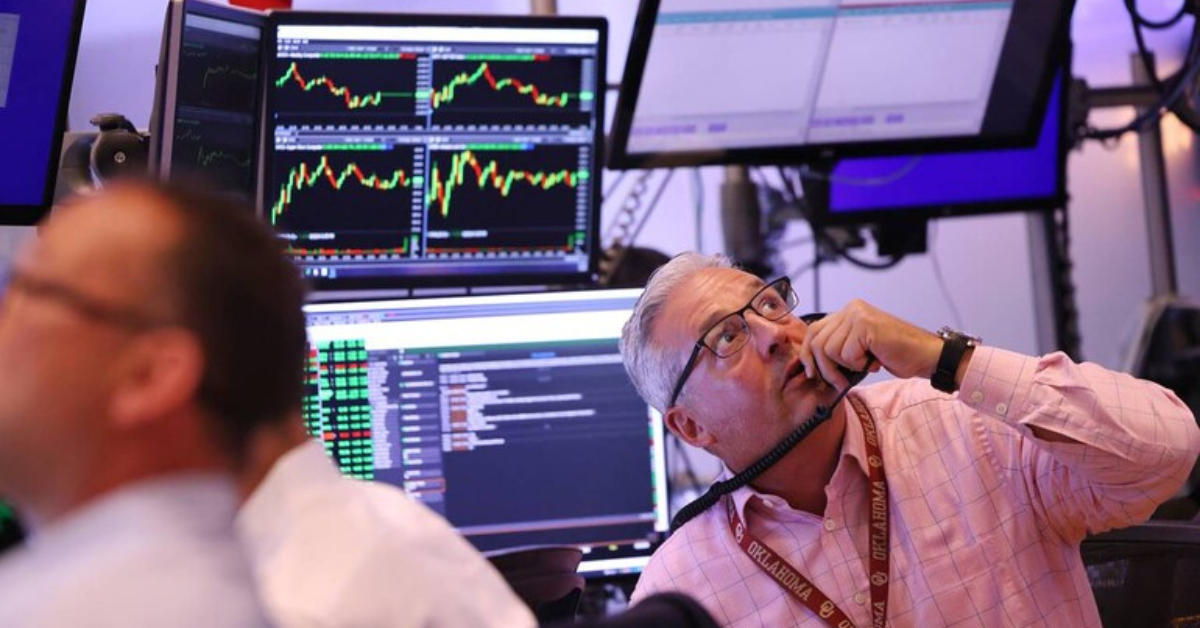The cyclically adjusted price-earnings ratio, or CAPE ratio, has long been a trusted tool for investors aiming to gauge stock market returns. However, recent trends in the technology sector have exposed some shortcomings of this once-reliable gauge. With the rise of technology giants like Apple Inc. and Alphabet Inc., the CAPE ratio has struggled to provide accurate predictions, leading investors to question its effectiveness. In this article, we explore why the CAPE ratio has faltered and propose a revamped approach to better reflect current market conditions.
The CAPE Ratio: A Historical Perspective
Understanding the CAPE Ratio
The CAPE ratio, developed by Nobel laureate Robert Shiller, is designed to offer a more stable measure of market valuation by using a 10-year average of earnings per share (EPS) adjusted for inflation. This approach smooths out the volatility seen in annual earnings, providing a clearer picture of long-term trends. By comparing the index’s current price to this average earnings figure, investors get a sense of whether the market is overvalued or undervalued.
For instance, the S&P 500 index recently closed at 5,319, with its 10-year trailing average earnings at $168 per share, resulting in a CAPE ratio of 32. This figure is nearly double the long-term average since 1881 and marks one of the highest ratios ever recorded, surpassed only during the tech bubble of the late 1990s and early 2000s.
The CAPE Ratio and Future Returns
Historically, a high CAPE ratio has been associated with lower future returns, and a low CAPE ratio with higher future returns. This relationship is based on the premise that high valuations today will likely lead to lower returns as the market adjusts to more reasonable levels. Conversely, a low CAPE ratio suggests that the market is undervalued, potentially leading to higher future returns as valuations revert to the mean.
The CAPE Ratio’s Recent Challenges
Big Tech Disruption
In recent years, the CAPE ratio has struggled to accurately reflect market conditions due to the extraordinary growth of big technology companies. Firms like Apple, Microsoft, and Alphabet have delivered unprecedented earnings growth, skewing the CAPE ratio upward. Despite the elevated CAPE ratio signaling potential trouble, the S&P 500 has continued to perform well, returning 13.8% annually through July, making it one of the best 15-year periods on record.
The Earnings Boom and Extended Cycles
The CAPE ratio’s methodology assumes that economic cycles of boom and bust occur roughly every decade. However, the post-financial crisis era has seen an extended period of robust earnings growth, particularly among big tech companies. This has led to a persistent high CAPE ratio, even as the market has continued to rise. The S&P 500’s current earnings are significantly higher than the 10-year trailing average, causing a disconnect between the CAPE ratio and actual market performance.
Revamping the CAPE Ratio: Introducing the Balanced P/E
A New Approach to Valuation
To address the limitations of the CAPE ratio, we propose a modified approach called the balanced P/E ratio. This new metric combines five years of historical earnings with three years of forward estimates, creating an average that is less reliant on distant past performance. The balanced P/E ratio aims to provide a more accurate reflection of current market conditions while maintaining the CAPE ratio’s ability to smooth out earnings fluctuations.
Advantages of the Balanced P/E Ratio
The balanced P/E ratio offers several advantages over the traditional CAPE ratio. It is less noisy and provides a clearer picture of current valuation trends. By incorporating forward estimates, it better captures the impact of recent economic conditions and company performance. Historical data from Bloomberg suggests that the balanced P/E ratio has been a more reliable indicator since the financial crisis, averaging 18 times compared to the CAPE ratio’s 26 times.
Comparing the CAPE and Balanced P/E Ratios
Historical Performance and Predictive Power
An analysis comparing the CAPE ratio with the balanced P/E ratio from 1995 to 2021 reveals that the balanced P/E provides a more nuanced view of market conditions. During major market events like the internet crash and the financial crisis, the balanced P/E ratio was more accurate in signaling market peaks and troughs. Despite its advantages, the balanced P/E ratio also indicates that current valuations are stretched, with the market trading at 24 times earnings compared to the balanced P/E’s average of 18 times.
Implications for Investors
While the CAPE ratio remains a valuable tool, it is no longer the sole guide for investors. The balanced P/E ratio offers a complementary perspective, helping investors navigate the complexities of the modern market. By considering both metrics, investors can gain a more comprehensive understanding of market valuation and adjust their strategies accordingly.
The Future of Market Valuation Metrics
Adapting to Market Changes
The evolution of market valuation metrics is essential as economic conditions and market dynamics change. The balanced P/E ratio represents a step towards adapting traditional measures to the realities of a tech-driven market. Investors should continue to evaluate various metrics and remain flexible in their approach to market analysis.
The CAPE ratio has been a cornerstone of market valuation for decades, but its limitations have become apparent in the age of big tech. By introducing the balanced P/E ratio, investors can gain a more accurate view of market conditions and make better-informed decisions. As market dynamics continue to evolve, it is crucial for investors to adapt their strategies and use a range of tools to navigate the complexities of today’s financial landscape.






